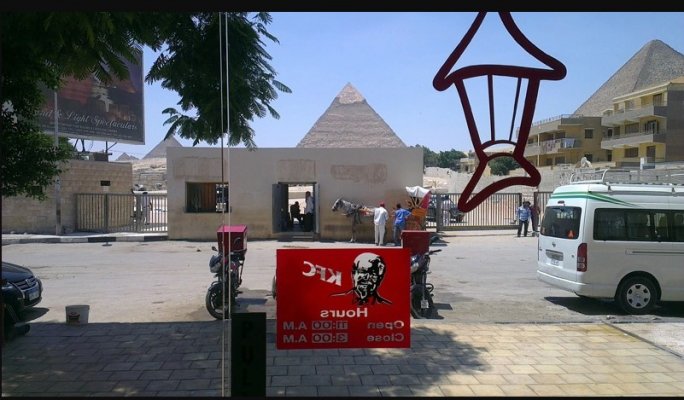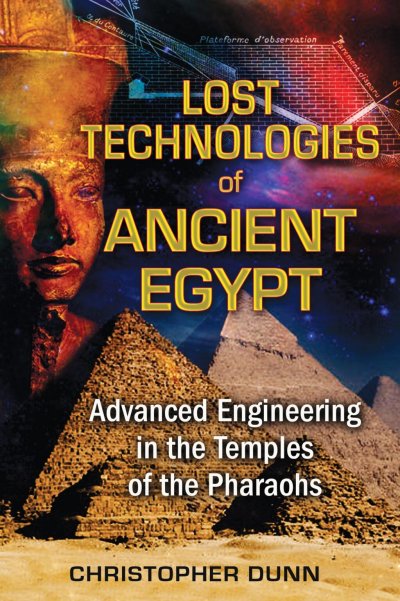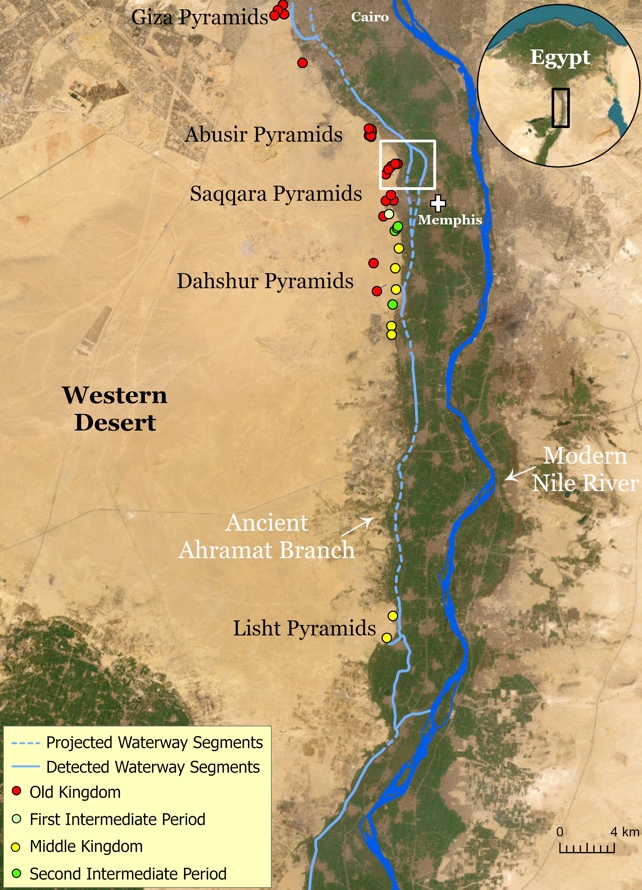SimonBurchell
Justified & Ancient
- Joined
- Sep 15, 2001
- Messages
- 2,742
- Location
- Somewhere in the labyrinth
Firstly, with enough workers, there is no need to lay one block at a time... multiple construction teams can be laying blocks in different places simultaneously.I never thought too much about the pyramids except I wondered what light source was used inside while Egyptians where building the pyramid because no trace of soot from a fire has been discovered.
But I can across an opinion article that claimed that even with modern equipment, to build the Pyramid today would almost be impossible.
Supposedly the pyramid was built in 20 years, which meant a 3 ton block had be in place every 5 minutes to get to the required 2.3 million blocks used.
It is thought the work force were Egyptians on conscript, and not Hebrew slaves.
It is thought any slave in Egypt at that time around 2,500 B.C. were used as house servants or used to built normal living structures.
Well, I can see now how people look at the Pyramids as “ alien “ construction as I really can not see how these pyramids could be built without “ paranormal “ help !
Secondly, I read somewhere, and can probably find it again, that the pyramids were not built with slave labour as is popularly supposed, they were built with seasonal agricultural workers when they were not tending their fields.
Thirdly, there are some real anomalies inside the Great Pyramid that have not yet been explained (see Corliss' Archaeological Anomalies books if you can still get hold of them), such as the Grand Gallery, that looks to have been part of an ancient device, probably used during the construction (some kind of winch is my bet).






